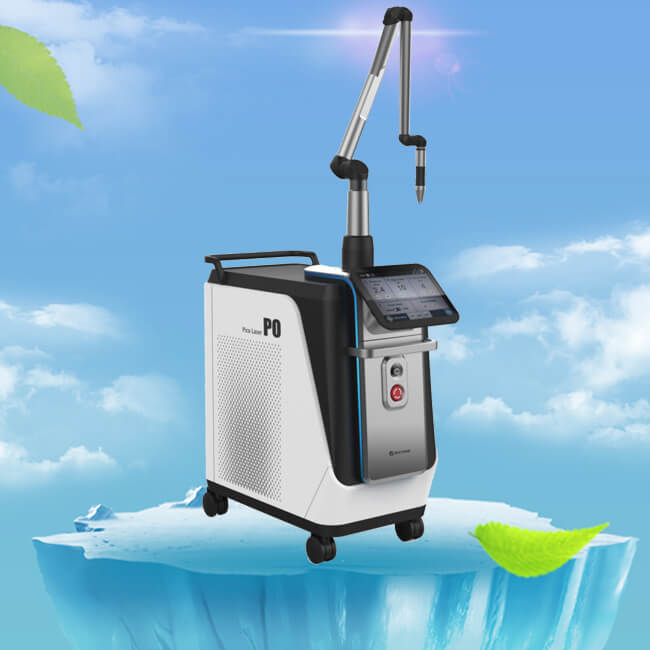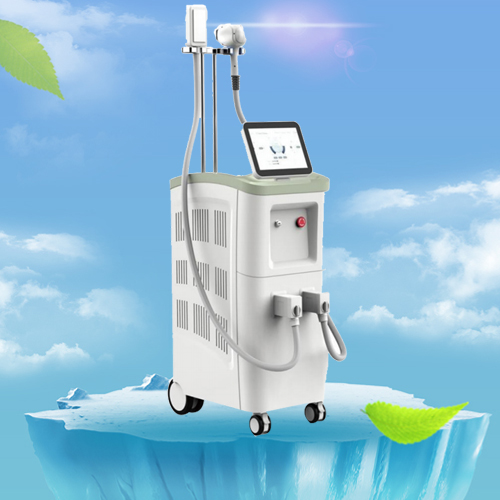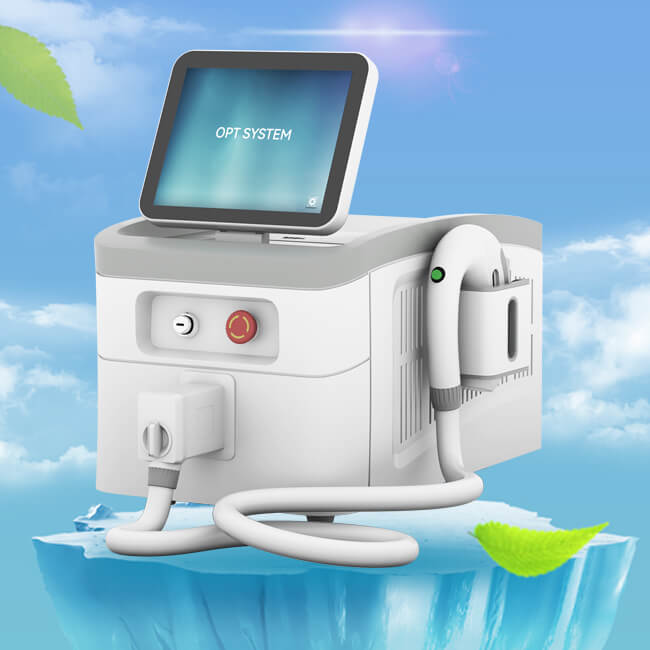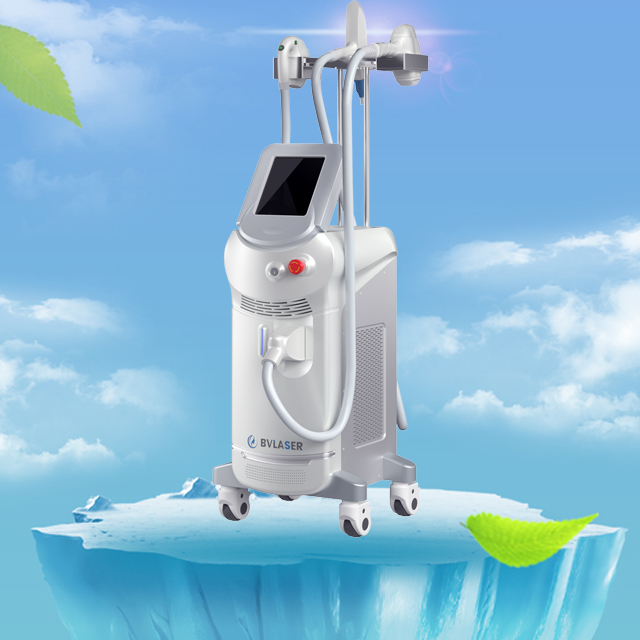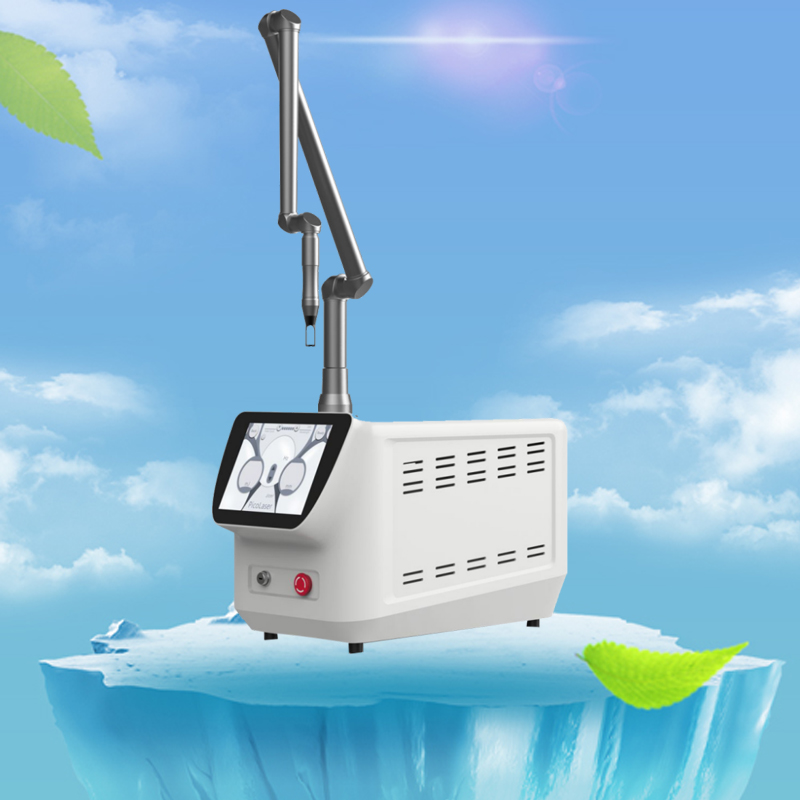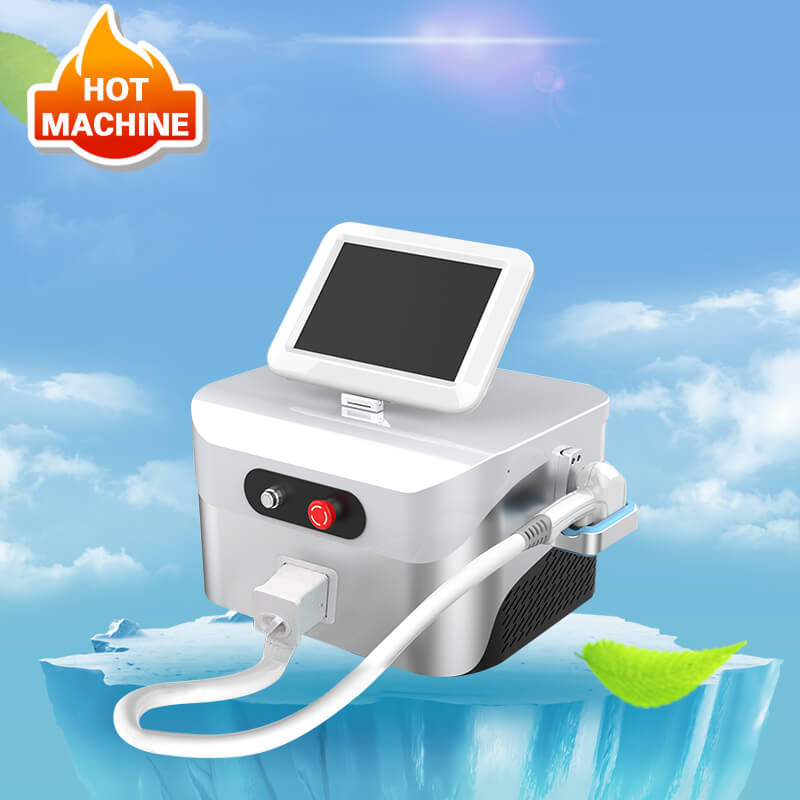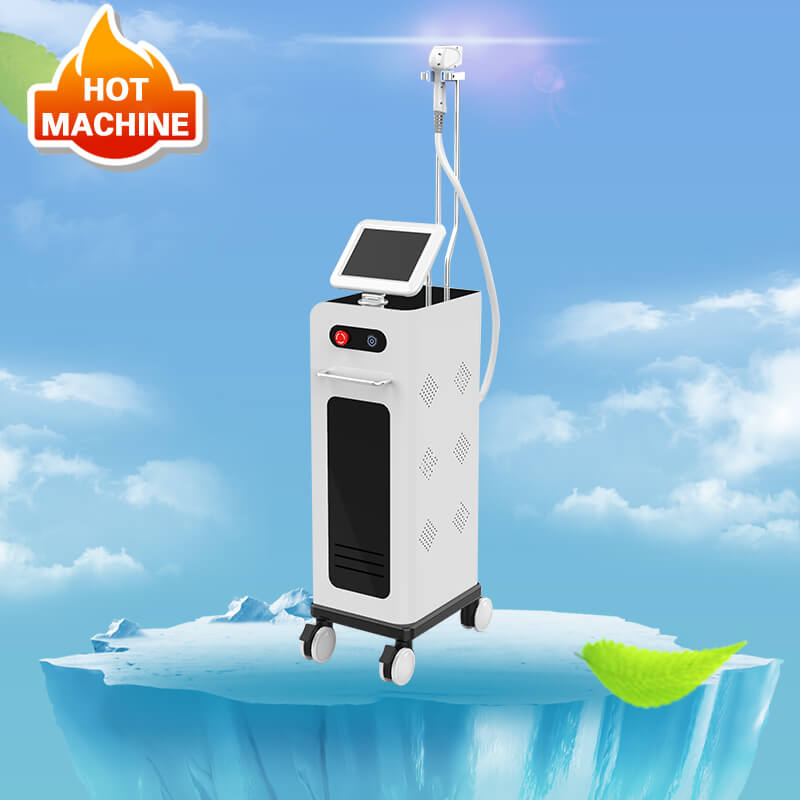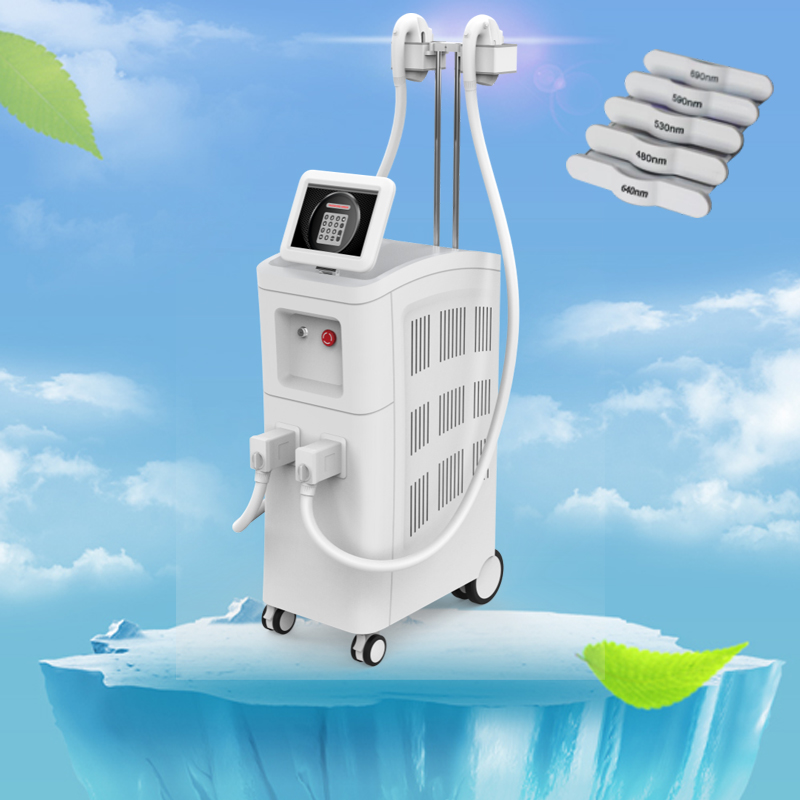What recovery from CO2 laser resurfacing procedure looks like?
Author:baishilf Time:2025-02-11 16:59:35
Fractional CO2 is a form of laser skin resurfacing in which your skin is treated with a matrix of laser pulses that vary in intensity and depth (your specific treatment will be customized depending on your skin type, the treatment area and the desired treatment effects.)
Fractional CO2 laser skin resurfacing has been proven effective in treating:
*Smoothing fine lines and wrinkles.
*Enhancing skin tone and texture.
*Eliminating effects of sun damage.
*Diminishing scars.
Fractional CO2 lasers deliver energy to a “fraction” of the tissue at a time, which allows for similar results to the older, non-fractional CO2 technology but with less downtime.
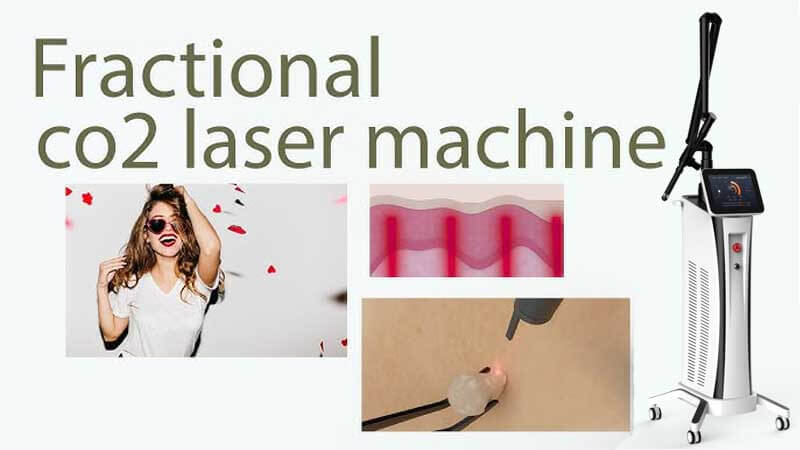
What areas are best for fractional CO2 laser?
Fractional CO2 laser is often used on areas with most notable sun-damaged skin, especially the face. Lower eyelid skin, which can be challenging to treat with other modalities, is particularly well-suited for fractional CO2 laser. Fractional CO2 laser is considered the gold standard laser treatment for diminishing fine lines and wrinkles of the skin under and around the eyes.
How is fractional CO2 laser performed?
Fractional CO2 laser treatment machine is easily performed in the office. A topical anesthetic is applied to the treatment area(s) 1 hour in advance of the treatment. You can expect some moderate discomfort during the procedure, but the topical anesthetic typically makes any discomfort tolerable. The treatment length can vary from 10-30 minutes depending on the size of the treatment area.
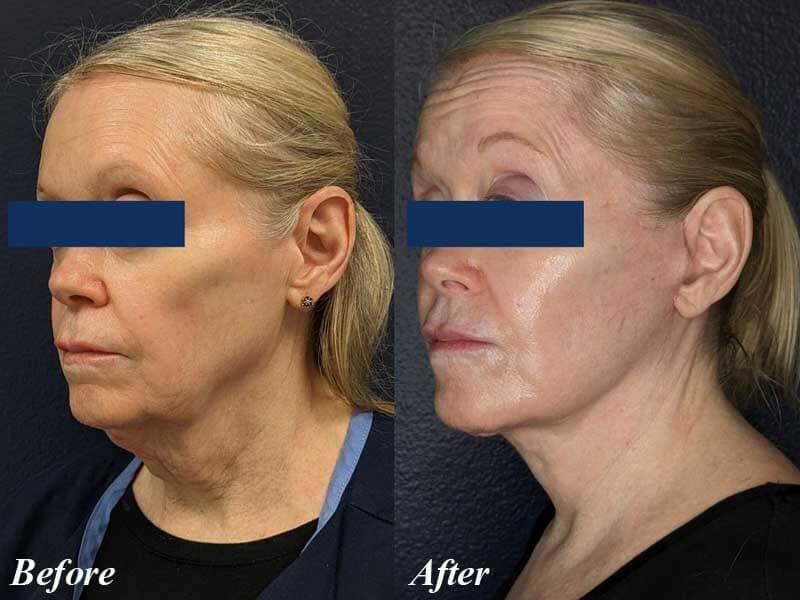
Is fractional CO2 laser right for you?
A consult ahead of your treatment is important to evaluate whether you would be a good candidate for this type of treatments. CO2 fractional laser machine treatment can vary based on your skin type, your goals and the extent of skin resurfacing desired. To prepare for your treatment, please avoid excessive sun exposure beginning approximately 1 month before treatment. Please also stop any acids or retinoids/ retinols at least 1 week before treatment.
You should NOT get fractional CO2 laser if you have a history of:
*Keloid formation or excessive scarring.
*Are currently pregnant or breastfeeding.
*Are on systemic steroids such as prednisone or dexamethasone.
*Are on photosensitive medications such as isotretinoin (Accutane) and tetracyclines (Doxycycline).
The downsides of CO2 laser treatment
There are a few downsides to CO2 laser resurfacing when you compare them to other treatment modalities. When patients seek facial rejuvenation they may also consider micro-needling, facials, or chemical peels. All of these have less downtime than the CO2 laser and may make sense if you have an event coming up in the next few days, but they also have less of a lasting effect and could be considered more of a spa treatment than a medical procedure.
Some of the common downsides after CO2 laser treatment may include:
*Skin swelling, oozing, and discomfort.
*Cold sores, if you have a history of them.
*Inability to be in direct sunlight for a few weeks.
Even on lighter settings of CO2 laser resurfacing you will have some degree of redness. This can be adjusted based on the length of recovery the patient has available as well as the desired effects of the treatment itself – if you want greater benefits you will need a more aggressive treatment resulting in a longer downtime. For most patients, the redness/tightness/warmth lasts from 1-3 days and gives way to your face starting to peel. During this time, moisturizing is critically important, just as if you had really chapped lips: when they’re dry and cracked they hurt! Thicker moisturizing cream is used on the first few days and then you transition to a more elegant cream that provides not-so-sticky hydration to your skin.
Hyperpigmentation, or a darkening of the skin, is the greatest risk associated with CO2 laser resurfacing procedures. Ironically, a darkening of the skin is the opposite of what patients are typically after when they seek CO2 laser treatment, but this can be easily avoided. To minimize your risk of hyperpigmentation you should stay out of the sun and wear broad-spectrum sunscreen for several weeks before and after CO2 laser treatment. If hyperpigmentation does occur, however, bleaching creams can be applied to areas of the skin which were exposed to minimize the damage.
Reactivation of cold sores around the mouth is another risk associated with CO2 laser treatment. Patients with a history of herpes or cold sores may be at risk for a flare-up as a result of CO2 laser resurfacing. However, even in patients with a history of cold sores, this risk is minimal so long as they take antiviral medication before the procedure, which we will have prescribed in advance. To avoid problems, check your doctor’s credentials and training to ensure they’re board-certified and have proper experience to prevent the above problems from happening. Learn more about our processes and check out our affordable payment plan options on our skin resurfacing page.
CO2 laser treatment recovery time
What recovery time can you expect for CO2 laser treatment? And what does a typical CO2 laser recovery look like? The answer to these questions could depend on what you are personally trying to achieve. If you want to obtain the maximum benefits from CO2 laser resurfacing then we would administer the CO2 laser on a deeper or more aggressive setting, which is what people typically associate with this treatment. If the maximum benefit is what you’re after then you can expect up to six weeks of redness. The good news is, for most patients, the brunt of CO2 laser resurfacing recovery only lasts for one to two weeks.
At just two weeks, fractional CO2 laser recovery is significantly shorter than the recovery from traditional and older ablative resurfacing procedures, which is probably what someone is talking about if you’ve heard any horror stories about recovery. Since the laser is broken into many smaller columns, CO2 laser treatment recovery time is not only shorter than traditional ablative resurfacing procedures but is also much less painful. Let’s talk about what those first two weeks of recovery look like.
The first week after your procedure you will likely experience peeling, scaling, and oozing of the skin. That might sound a little strange, but it is a perfectly normal reaction to a CO2 laser resurfacing procedure. The first couple of days after your procedure can warm and cause mild discomfort. Your face will feel tight and hot in the first few days of recovery, similar to a really bad sunburn. But just like a sunburn, this discomfort can be managed with over-the-counter pain relievers like ibuprofen and Tylenol as well as frequent moisturizing.
After that initial one to two weeks of CO2 laser resurfacing recovery, you will have new skin that may continue to look pink or red. It is critical in this stage of your recovery that you stay out of the sunlight and keep applying broad-spectrum sunscreen daily. In fact, you should keep applying that sunscreen for three months after your procedure. Think of it like a maintenance period. If you do end up exposing yourself to too much sunlight then, again, that redness could turn into hyperpigmentation.
After that sixth week of your CO2 laser recovery, all of the redness should be gone and you can expect to see improved wrinkle reduction. On top of this, your skin may continue to improve over the course of the next three to six months.
What to know before receiving CO2 laser treatment
It is very important to us that you know what your goals are before we jump to the lasers. We believe it is our duty to ensure that every patient we meet with is crystal clear on what they can expect from this procedure before they make the decision to pursue CO2 laser treatment. If you expect to have the results of a facelift but only want to go through a laser procedure, you will probably be unhappy and this isn’t the correct procedure for you. Others who only want a really small recovery and very light settings may not get the benefit they were hoping for and it may not be worth the price or time. The happiest patients are those that want to maintain their current skin appearance or improve their skin quality over time with a plan for continued maintenance in the future.
The people that are best suited for CO2 laser resurfacing are typically those with lighter skin types. The amount of pigmentation in the skin determines its coloring and this pigment is also sensitive to heat. As the laser generates a controlled thermal injury to the water, some heat is dispersed. Initially, this heat is perceived as discomfort by the patient, but at the cellular level the skin will react and can ramp up the production of pigment from the excess heat which can lead to uneven results. Thus, individuals with darker skin are at greater risk of hyperpigmentation during their CO2 laser recovery and require lighter settings or may not be a candidate for this type of laser therapy at all.
What conditions do CO2 laser treatment help?
CO2 laser treatment can help with a variety of conditions.
*Wrinkles.
*Scars from acne or procedures.
Melasma.
*Age-spots.
*Photoaging (sun-damaged skin).
*Enlarged pores.
CO2 laser resurfacing is effective at reducing wrinkles, especially those around the eyes, the mouth, and the forehead. CO2 laser resurfacing can also diminish and soften scars, but it cannot remove a scar entirely. When it comes to scars, you can think of CO2 laser treatment like a way to help blend or airbrush your scars with the surrounding skin so there is less of a transition between “scarred” and “healthy” to give a more uniform and harmonious appearance.





